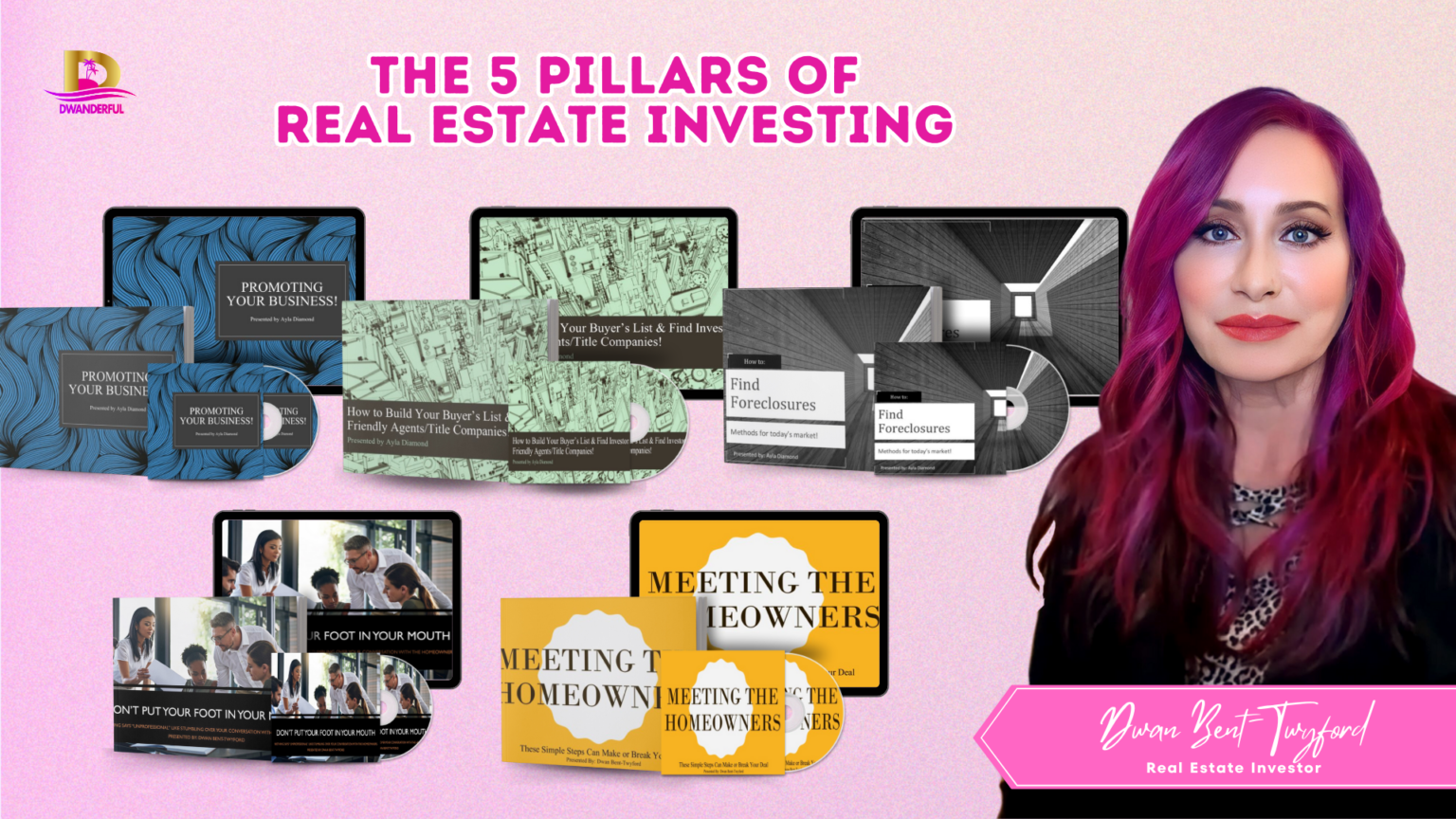
When navigating the complex world of real estate, you’ll quickly notice that properties fall into two main categories: freehold and leasehold. While freehold property is more straightforward—you own both the building and the land—leasehold ownership adds another layer to the equation. Understanding the distinction is crucial, particularly if you’re planning to invest in property, buy your first home, or expand your real estate portfolio.
Leasehold properties are quite common in densely populated cities, beachfront developments, and historical areas. For some, leasehold agreements offer an affordable entry into high-demand neighborhoods. For others, the obligations and limitations can be a drawback. This article will break down what a leasehold property is, how it works, the pros and cons, and what you need to consider before making a purchase.
What Is a Leasehold Property?
A leasehold property means that you own the building or space—such as an apartment or a commercial unit—but not the land on which it stands. The land remains under the ownership of a third party, typically called the freeholder or landlord. In essence, you’re leasing the right to use the land for a predetermined number of years.
The length of the lease can vary dramatically, from as short as 40 years to as long as 999 years. This duration is critical. A longer lease provides more security and typically a higher resale value, while a shorter lease can reduce a property’s marketability and affect your ability to obtain a mortgage.
Many leaseholders don’t realize that as the lease shortens, the property’s value can decrease—even if the area is booming. That’s why it’s important to understand not just the current state of the property but also the terms of the lease that come with it.

How Does a Leasehold Property Work?
Leasehold ownership involves a legal agreement between the leaseholder (you) and the freeholder (landowner). This lease outlines your rights and responsibilities for the duration of the agreement. Here’s how it works in practice:
1. Lease Duration
You own the property for the term agreed upon in the lease. This could be 99 years, 125 years, or even longer. As the lease term decreases, the property becomes harder to sell or refinance.
2. Ground Rent and Service Charges
As a leaseholder, you’ll usually pay ground rent—an annual fee paid to the freeholder. Additionally, you’ll often contribute to service charges, which cover the maintenance of common areas such as hallways, lifts, landscaping, and roof repairs.
3. Maintenance and Restrictions
The lease outlines what you are responsible for maintaining, and it may contain restrictions. For example, you might need permission to make structural changes or sublet the property. Ignoring these terms could result in legal consequences.
4. Lease Extension and Enfranchisement
In many regions, once a lease falls below a certain number of years (typically 80 years), the leaseholder has the legal right to extend the lease or join forces with others in the building to buy the freehold—a process called collective enfranchisement.
Understanding these mechanics is essential if you want to avoid unexpected costs or legal issues down the road.

Where Can You Find Leasehold Properties?
Leasehold properties are not confined to one country or market; they exist worldwide, particularly in high-density, high-value locations.
United Kingdom
In the UK, leasehold ownership is widespread, especially in flats and shared buildings. Many newer developments, as well as older properties in cities like London, Manchester, and Birmingham, are sold on a leasehold basis.
United States
In the U.S., leasehold ownership is less common but still exists in places like Hawaii, where land is often held by trusts or large estates, and parts of New York City. In some luxury condo buildings, leasehold structures are used to separate land ownership from the unit itself.
Asia and the Middle East
Some countries restrict foreigners from owning land outright, so leasehold property is often the only option. This is common in places like Thailand, Indonesia (particularly Bali), and parts of the UAE.
Urban and Coastal Areas
In major metropolitan centers and coastal regions, land is at a premium. Developers and landowners may offer leasehold arrangements to make properties more accessible while retaining control of the underlying land.
Types of Leaseholds
Not all leasehold agreements are the same. Here are the most common types:
1. Residential Leasehold
This is the most familiar form to homeowners. Apartments and flats in multi-unit buildings are typically leasehold, especially in older or converted properties.
2. Commercial Leasehold
Businesses lease office or retail space for long periods, sometimes decades. These leases often include detailed terms about permissible use, signage, subleasing, and renovations.
3. Shared Ownership Leasehold
This hybrid model allows you to buy a share (e.g., 25%-75%) of the property and pay rent on the remaining share owned by a housing association. It’s a stepping stone to full ownership for many first-time buyers.
4. Short-Term Leasehold
Used mainly in vacation rentals or pop-up commercial spaces, these leases may last just a few years—or even months. They offer flexibility but come with limited security.

Benefits of Buying a Leasehold Property
While leasehold ownership has its critics, it also presents several advantages:
Lower Upfront Costs
Leasehold properties are often priced lower than similar freehold options, especially in the same area. This can make them more attainable for first-time buyers or investors with limited capital.
Prime Locations
Leaseholds are often available in areas where freeholds are nearly impossible to come by—think city centers, luxury high-rises, and historic districts.
Shared Maintenance
In apartment buildings or developments, responsibility for exterior maintenance, structural repairs, and communal spaces usually lies with the freeholder or managing agent. This reduces your personal upkeep duties.
Entry Point for Investment
For new real estate investors, leaseholds can offer an affordable way to build a rental portfolio and gain exposure to property markets.
Long-Term Use
With leases lasting 99 years or more, you can comfortably plan to live in or rent out a leasehold property for decades before needing to renew the lease.
Should You Buy a Leasehold Property? Key Questions to Ask Yourself
Before purchasing a leasehold, it’s essential to do your due diligence. Here are some important questions to consider:
How many years remain on the lease? A lease with fewer than 80 years remaining may require costly renewal and can affect financing.
What are the total annual charges? Ground rent and service charges can add up and affect your monthly budget.
Are there any restrictions in the lease? For example, can you sublet the property or keep pets?
What’s the reputation of the freeholder or management company? Poor management can make your ownership experience frustrating.
Do you plan to live in or rent out the property? Some leaseholds have use restrictions that could limit your plans.

Conclusion
In today’s competitive property market, leasehold ownership provides an entry point for buyers who want location, affordability, and long-term potential. However, the devil is in the details. Understanding lease terms, associated costs, and your rights as a leaseholder is essential to making an informed decision.
If you’re considering buying your first property or expanding your portfolio, tools and education are your best allies. That’s where Dwanderful comes in. Founded by real estate investor and podcast host Dwan Bent-Twyford, Dwanderful is packed with valuable insights for real estate beginners and pros alike. You can grab Dwan’s free book, Real Estate Lingo, to build your property vocabulary, or dive into the paid guide, Five Pillars of Real Estate Investing, which breaks down how to grow sustainable income from real estate.
And if you’re wondering how real estate could change your life financially, try the site’s quiz game—a fun, quick activity that shows how you could generate six figures in just six months, whether you’re buying your first property or your next. It takes less than a minute and could set the foundation for your next big move. Contact us now!
Frequently Asked Questions:
Can a Leasehold Property Be Converted to Freehold?
Yes, in many cases. In the UK, leaseholders may have the right to purchase the freehold, either individually (for houses) or collectively (for flats). This is known as enfranchisement. In the U.S., the availability of conversion depends on state laws and the landowner’s willingness. Always consult a legal expert before proceeding.
What Happens to My Property When the Lease Expires?
Once the lease expires, ownership of the property returns to the freeholder unless you have negotiated an extension. This means you would no longer have the legal right to occupy or sell the property. Therefore, it’s vital to renew or extend the lease long before it nears expiration.
Can You Get a Mortgage on a Leasehold Property?
Yes, but with certain conditions. Most lenders require the lease to have a minimum term—usually at least 70 to 80 years—remaining at the time of the mortgage application. If the lease is short, you may need to extend it first, which can be costly and time-consuming. Some lenders may also scrutinize ground rent and service charge terms closely.


